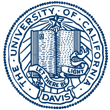
This REU program was funded through NSF PHY-1560482.
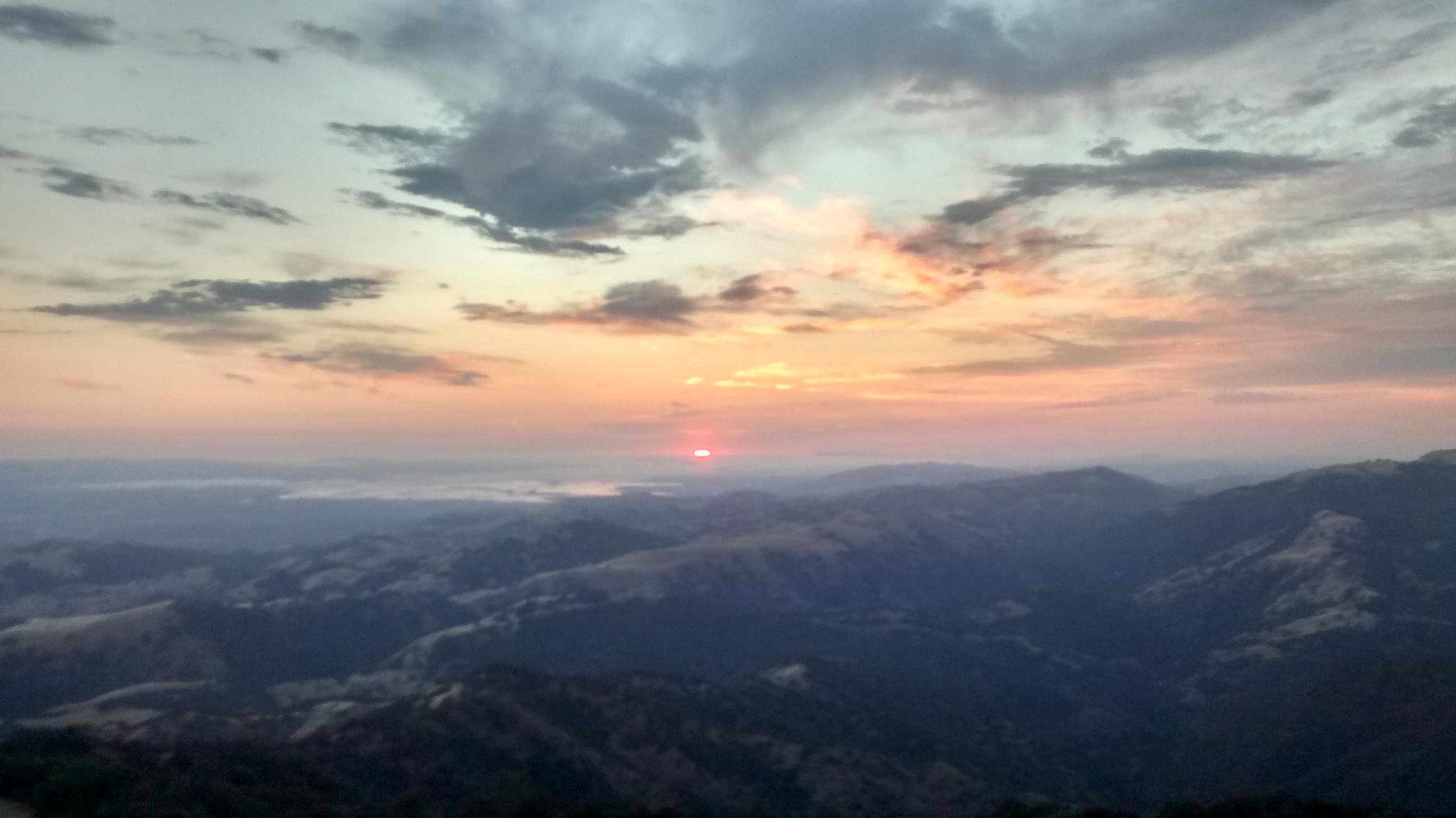

Mount Diablo and Lick Observatory
We spent a few hours at the Rock City wind caves on the lower slopes of Mount Diablo. The sandstone has plenty of good rocks for clambering over. We failed to find any of the fossils supposedly in the area though. From there we headed to Lick Observatory. One car had an especially exciting trip up due to a fallen tree blocking the road. Eventually the occupants of about eight stopped vehicles managed collectively to move the tree. (Our other vehicles took a different route and missed this incident.) On our tour of Lick we saw the vacuum container for an early cyclotron at Lawrence Berkeley Laboratory, which was purchased by Lick and is now used for re-aluminizing the Shane telescope's 120-inch mirror every few years. We also saw various telescopes and domes, and finished by looking at the M5 globular cluster, a spiral galaxy, and two binary stars. The second binary star, Albireo, has UC Davis colors: one of its stars is blue and the other gold. The above pictures are sunset during the Lick tour, and the cage elevator used to reach the top of the Shane telescope.APS Career Day at SLAC
We attended a Career Day organized by the American Physical Society Far West Section at the Stanford Linear Accelerator Center. It began with general tips on applying for jobs, such as how to write a CV. Then panels discussed careers in teaching, research (at companies and national labs as well as at universities), and other technical jobs such as data science and engineering. The panelists described their own career paths and how their physics background mattered. They then took questions from the audience, and students could continue discussions over lunch. A brief tour of the Stanford Synchrotron Radiation Lightsource (SSRL) followed; one of the machines on the beamline is shown below. Half of our group stopped in Berkeley on the return for dinner at an Ethiopian restaurant.
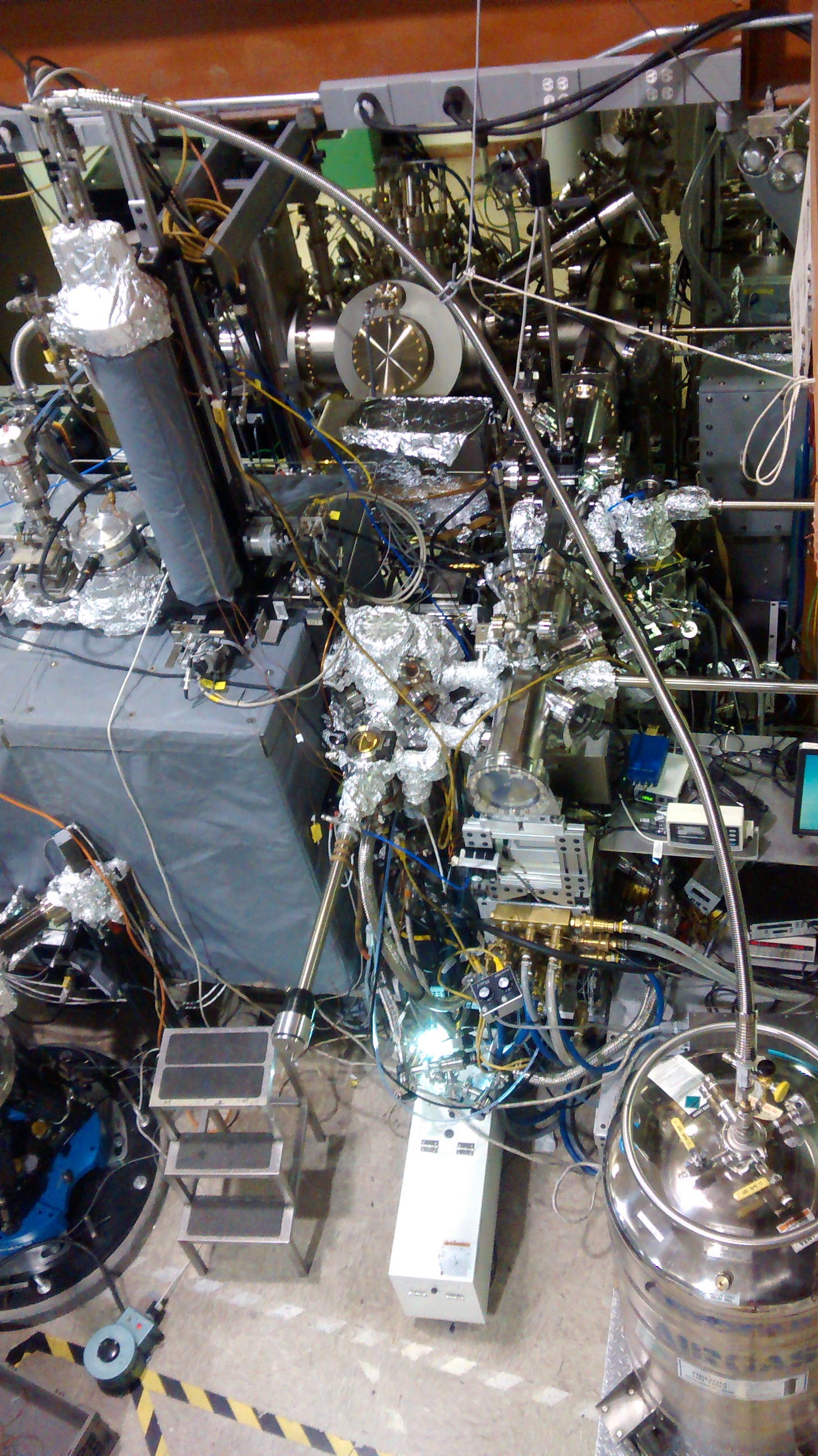
McClellan Nuclear Research Center
We visited the McClellan nuclear reactor early in the morning and saw it turn on as its control rods were gradually raised. A demonstration on a plastic tube showed the damage from about 15 minutes of irradiation near the reactor core, with the tube very noticeably discolored. We also saw trials of topaz at different stages of irradiation and annealing to create its popular (but rarely occurring in nature) blue color. Several parts destined for space were also at McClellan for testing, including a spherical titanium fuel cell. Through McClellan's radiography capabilities, the parts can be scanned for any hint of defects in the material or its assembly.Anderson Redwoods and Goat Rock Beach
After a stroll and lunch in the peacefulness of the Anderson Reserve redwoods, we continued to the Pacific Ocean near Jenner. We spent a few hours at Goat Rock Beach with a football, frisbee, and juggling bags, plus a convenient rock face for bouldering.
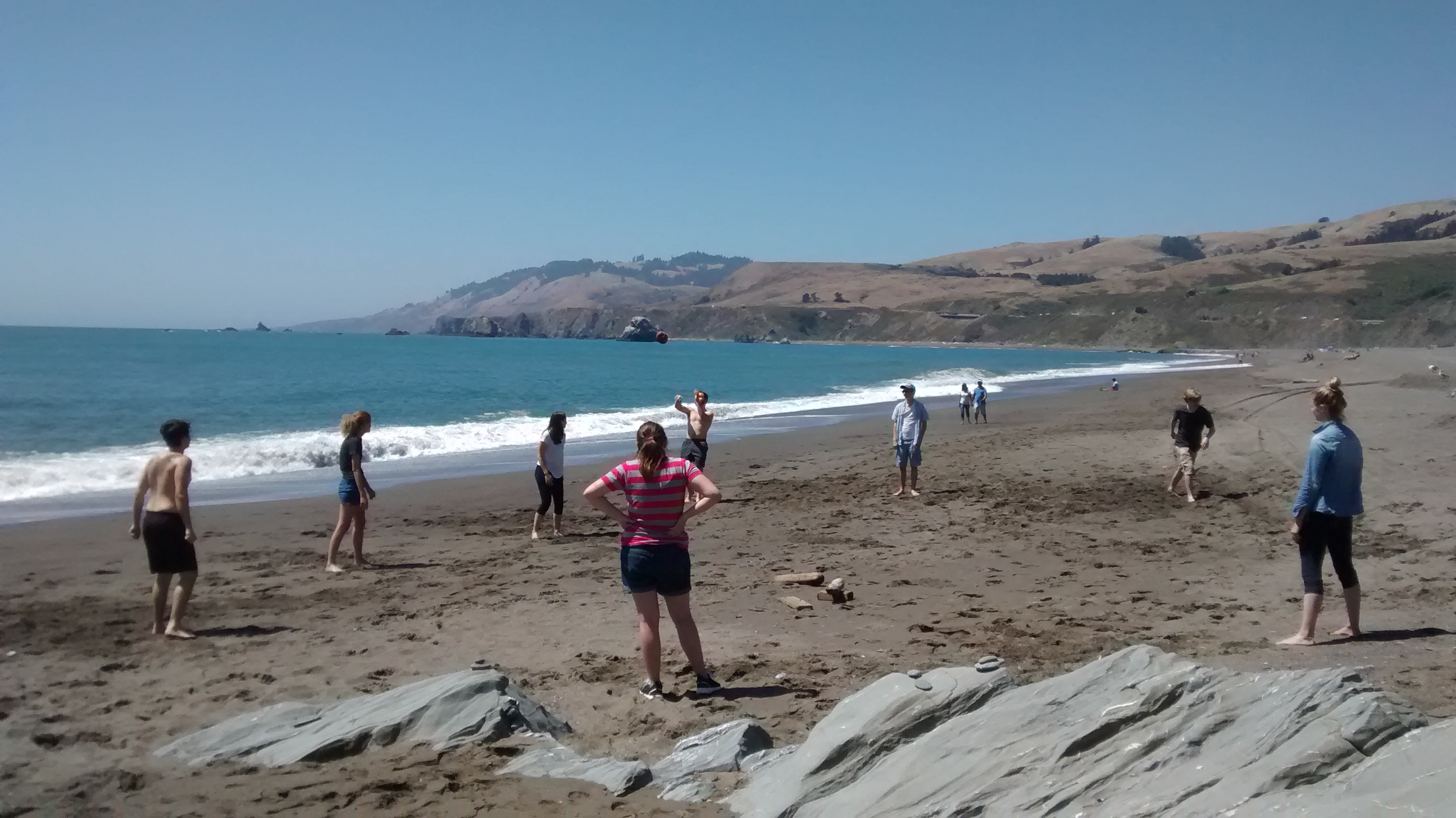
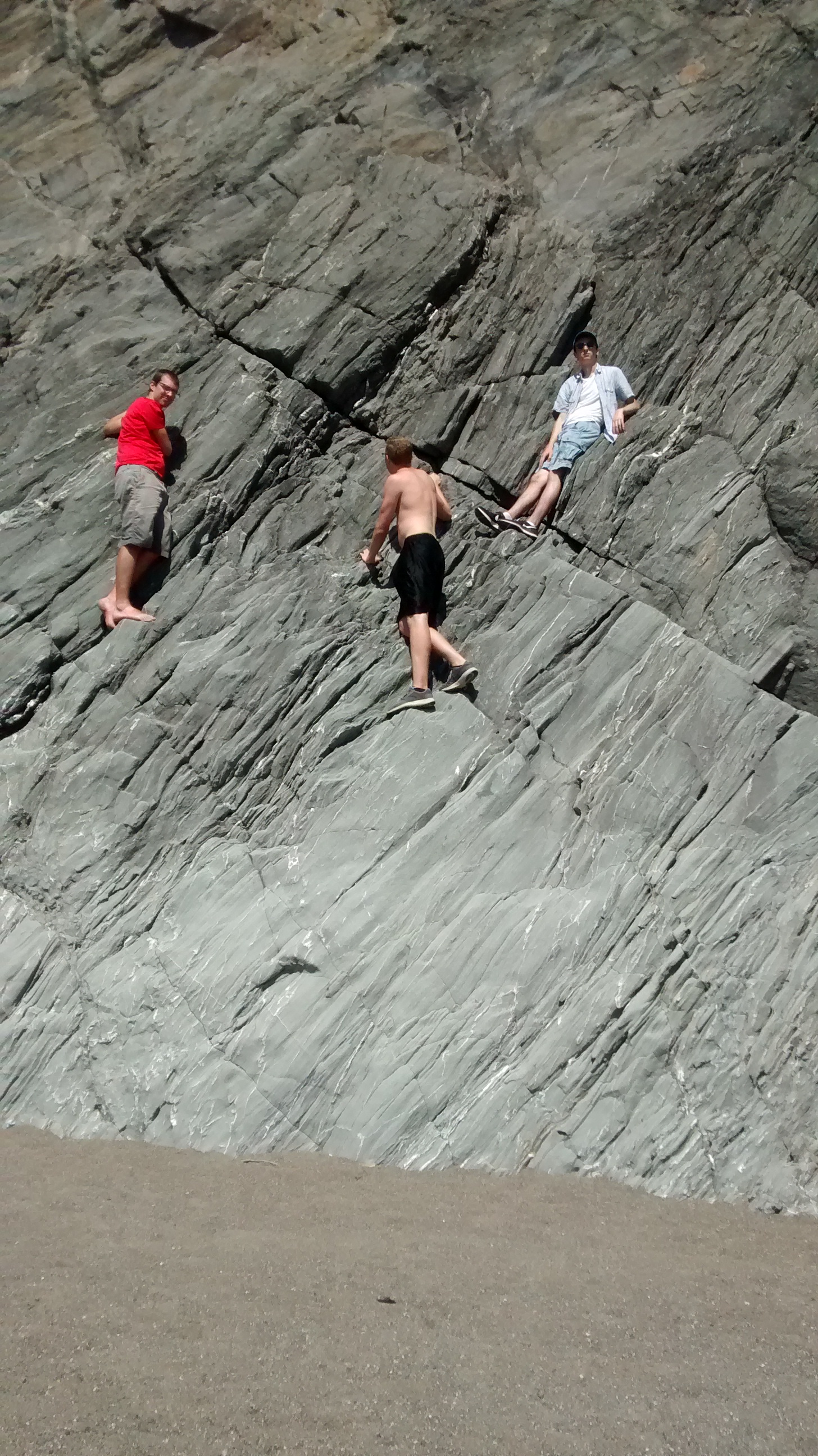
Lassen Volcanic National Park
California's precipitation comes predominantly in the winter, and last winter had heavy snowfall. (This was desperately needed after several years of low precipitation and ensuing drought conditions statewide.) Lassen had the most snow in the state, up to 28 feet on the main road through the park. After almost four months of snow-clearing work, the road opened July 27, the latest date in the park's history. We arrived nine days later. As usual we climbed the Cinder Cone volcano and scrambled up Hot Rock for a photo op. The main trail to the Bumpass Hell hydrothermal area was still unsafe because of its steepness and snow cover, so we hiked in and out by a back way. The Bumpass Hell boardwalks had not yet been tested and approved for the year, so we viewed the steaming pools and fumaroles from a distance (although we could certainly smell them!) and then stopped at the much smaller Sulfur Works on the way out of the park to see a boiling mudpot close up. Despite a rain prediction, the weather mostly cooperated. We were caught in a brief hailstorm en route to Bumpass Hell, and heavy rain started minutes after we were back in the vehicles -- which conveniently paused just before we reached Sulfur Works.
